For those of you who got this error and NONE of these answers helped, I may not have StackOverflow fish for you, but I'll teach you how to fish!
You likely don't have the correct order of lines in the pg_hba.conf file. If you read this PostgreSQL documentation link below, it says this error can be thrown if "no matching entry is found". However, that is NOT always true! Documentation is written by humans and humans make mistakes.
https://www.postgresql.org/docs/current/client-authentication-problems.html
The truth is that a line further up might take precedence, is qualifying and is forcing you to use a password stored in PostgreSQL rather than delegated authentication or some other method. If you are not specifying a password stored in PostgreSQL, then you do not need the LOGIN role attribute. Put a line at the very top of this list with your specific user, authentication protocol, network details and other criteria. Also, many may think that most computers use IPv4. Try IPv6 and you'll be surprised. Once you know the very specific criteria of your issue and place a line at the top, then you have established the ONLY RELIABLE WAY to troubleshoot these pg_hba.conf issues without source code debugging!
Another helpful trick is to create a crapload of Server entries in pg_admin (SQL IDE for PostgreSQL) with all of your users and authentication protocols for testing. When you test different scenarios, you'll instantly know which ones fail.
Also, whenever you change this file, restart the PostgreSQL service, before testing the user.
You're welcome my friend. :)

